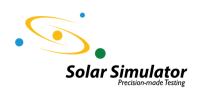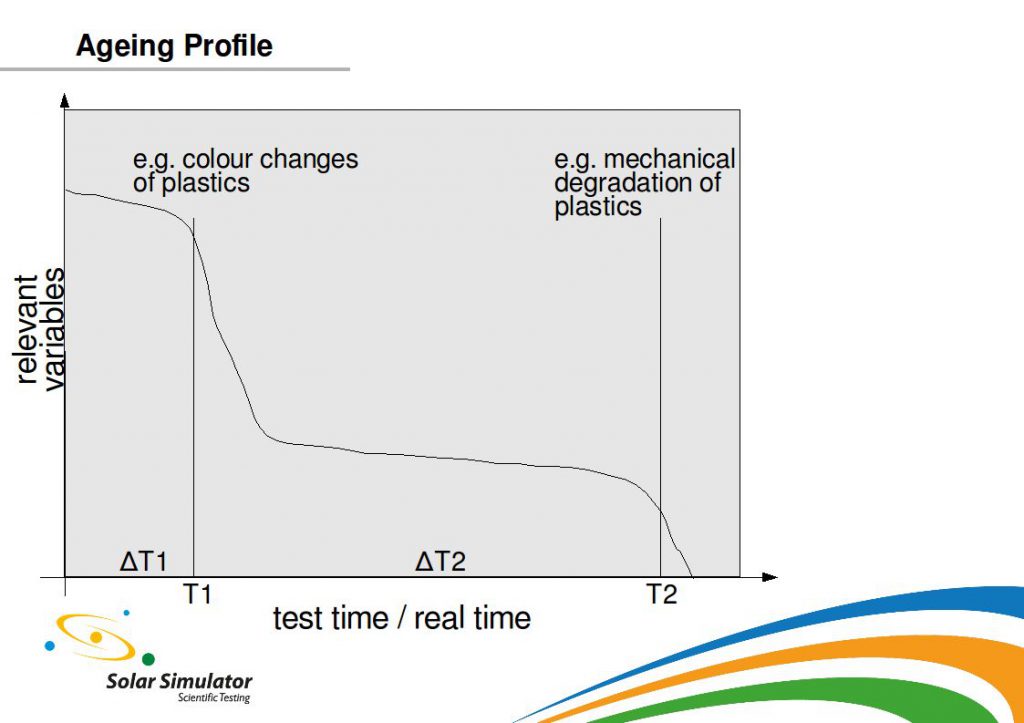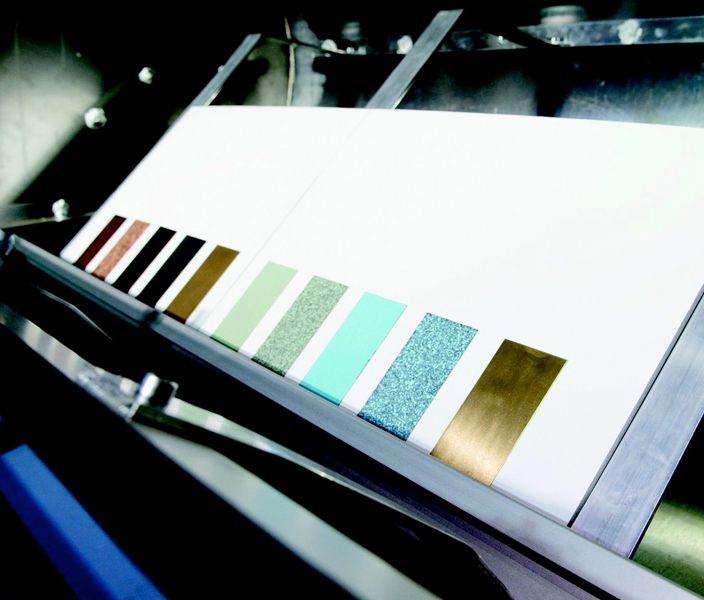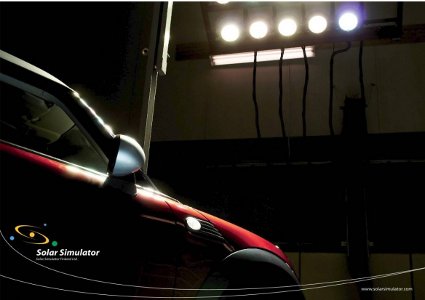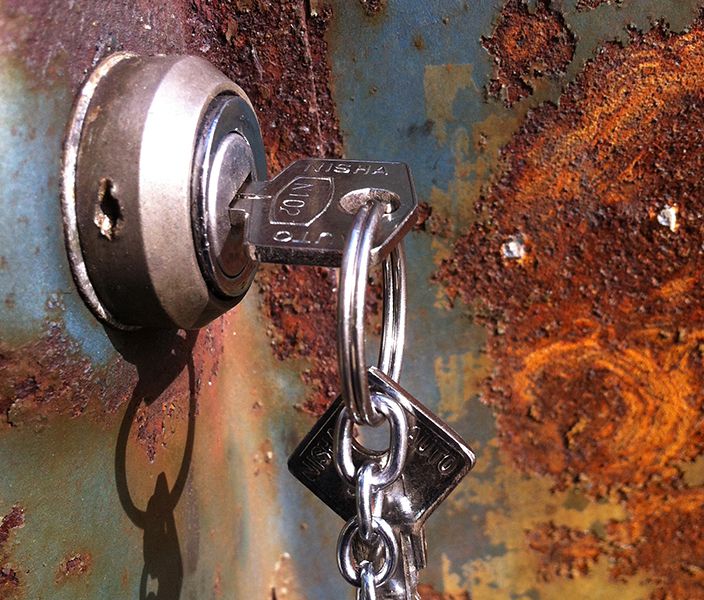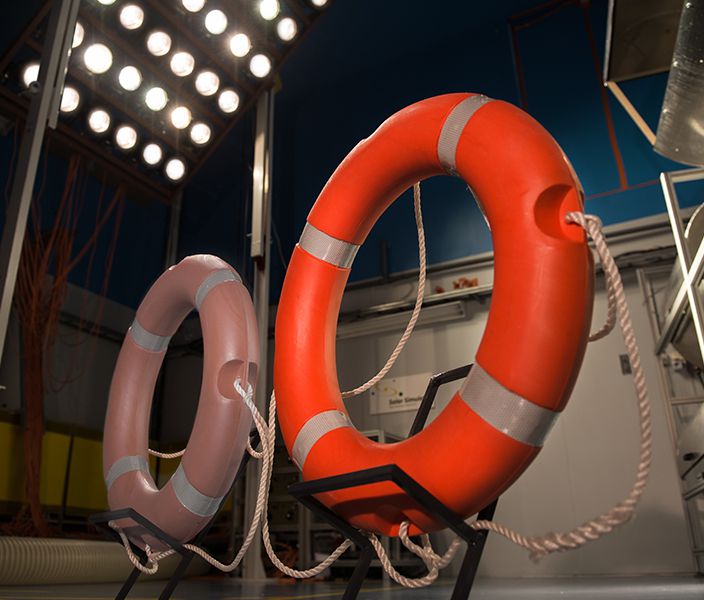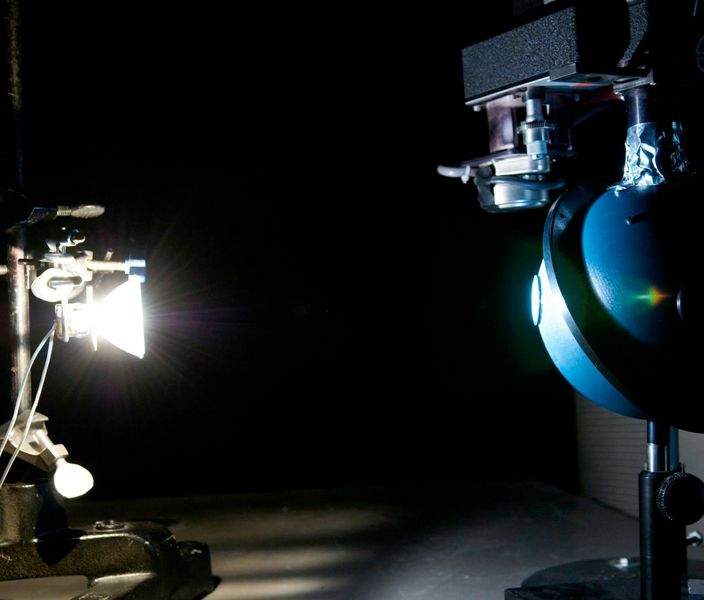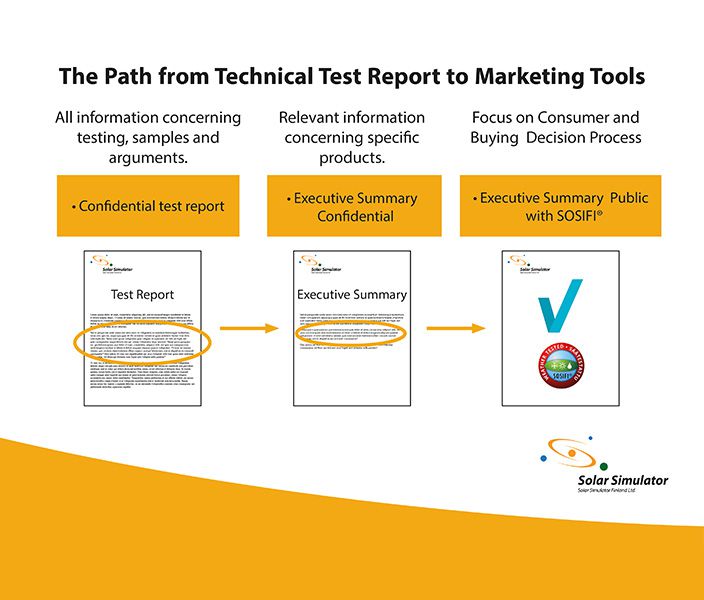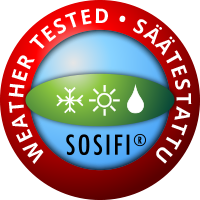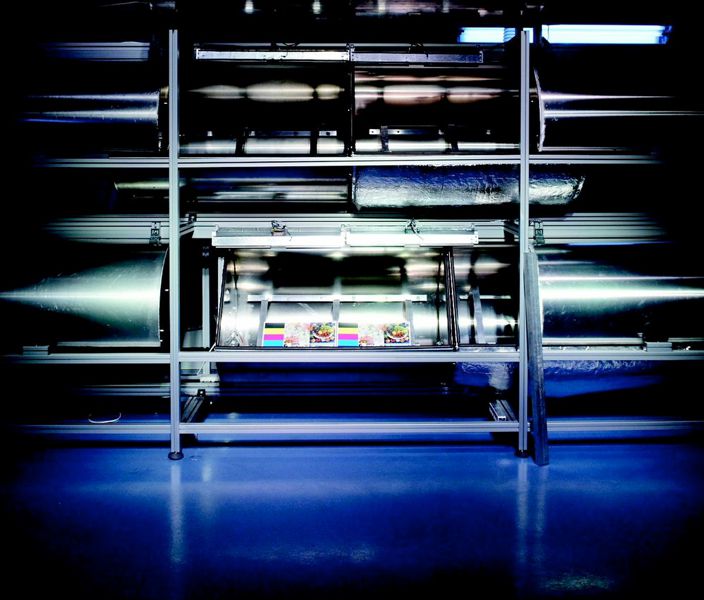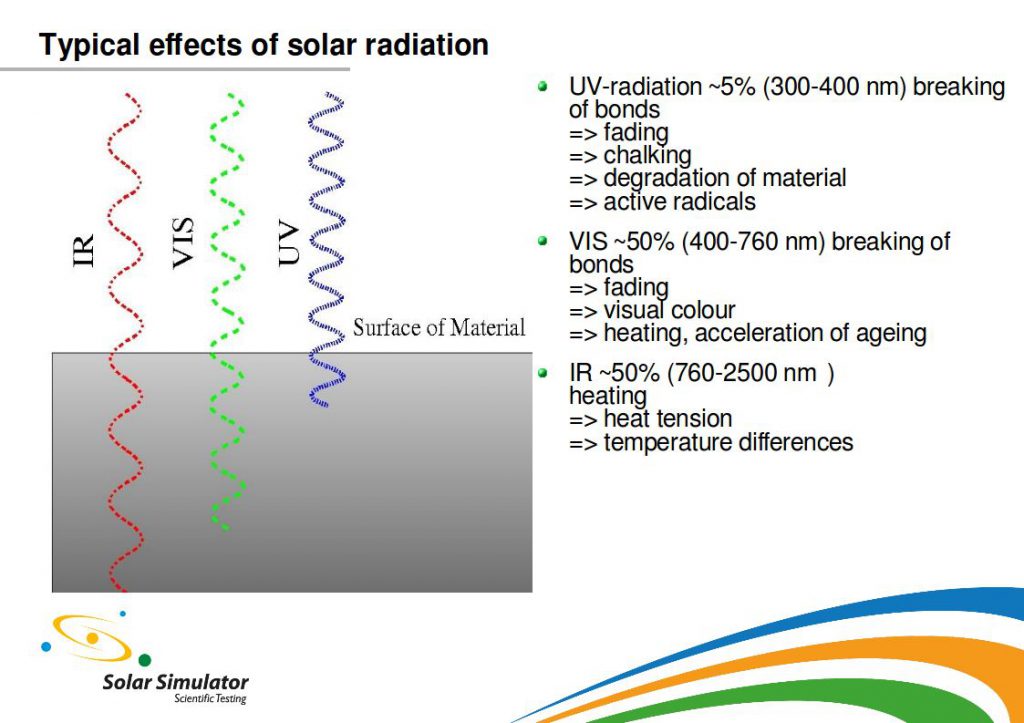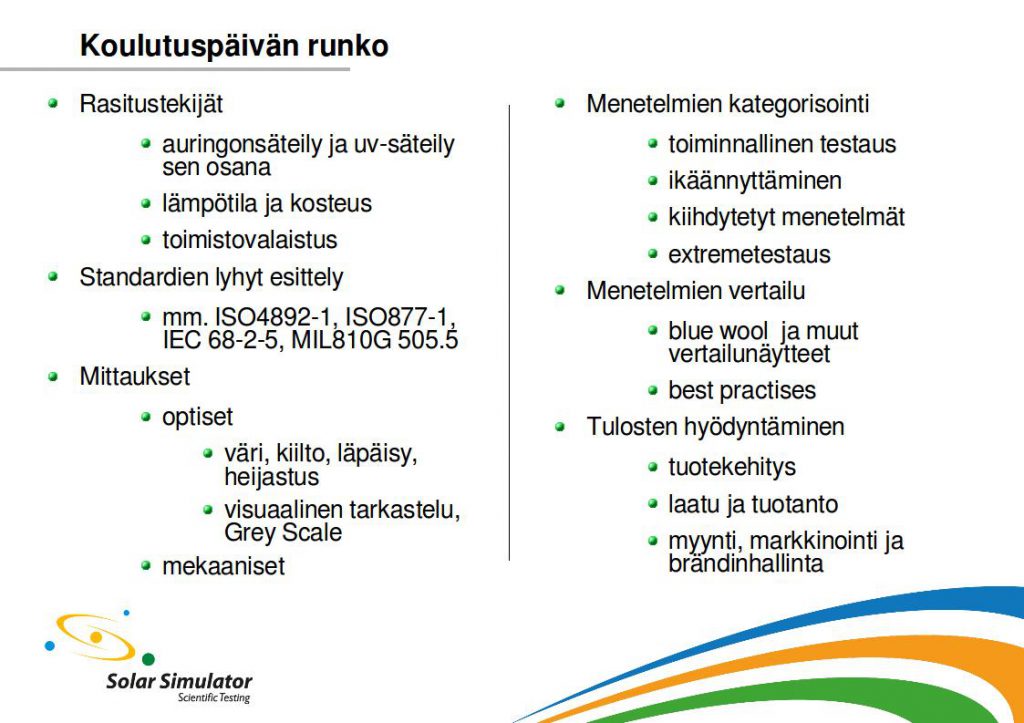Tuotteen elinkaari tarkoittaa tuotteen eliniän kaikkia vaiheita raaka-aineiden tuottamisesta käytöstä poistamiseen asti. Se on kannattavaa huomioida kaikessa yrityksen toiminnassa. Tuotteen elinkaarianalyysi antaa olennaista tietoa sekä kehityskohdista että siitä, missä ollaan jo onnistuttu. Se auttaa kokonaisuuden hahmottamista, ja sen avulla pystytään ylläpitämään tuotestrategian tasapainoa ja kohdistamaan resurssit paremmin.
Samankaltaisissa olosuhteissa ja ympäristöissä käytetyn saman tuotteen eliniän ei tulisi poiketa liiaksi keskiarvosta. Mikäli tuotteen elinkaariajattelu on laiminlyöty, tulee vastaan ikäviä yllätyksiä. Tuotteen mahdollisten käyttöolosuhteiden testaaminen on kannattavaa sekä kustannusten, resurssienhallinnan että loppukäyttäjän kannalta. Tuotteen elinkaaren hallinta muodostaa täten myös huomattavan kilpailuedun.
Taloudellinen, ympäristöllinen ja sosiaalinen tuotteen elinkaari
Elinkaariajattelussa keskitytään sekä ympäristövaikutuksiin, taloudellisuuteen että sosiaalisiin vaikutuksiin. Ne liittyvät kiinteästi toisiinsa.
Viagra ilmestyi ensimmäisenä Suomessa toimivien
https://erektiolaakenetista.fi alunperin lääke tehtiin taistelemaan angiinaa vastaan. Kliiniset tutkimukset näyttivät kuitenkin että sildenafiili ei toiminut tässä tarkoituksessa hyvin. Samalla huomattiin että lääke on tehokas miesten impotenssia vastaan. 84 prosentissa tapauksissa, Viagra auttaa erektion kestossa. Seksin jälkeen penis palaa normaaliksi, paitsi jos sivuvaikutus priapismi eli pitkittynyt erektio sattuu kohdalleen.
Tuotteen elinkaarta voidaan kuvata vaiheittain. Jokainen vaihe tarvitsee erilaisia resursseja, kuten esimerkiksi puuta tai työtunteja, ja toiminnan tuloksena syntyy erilaisia tuotoksia, kuten sivutuotteita tai jätteitä. Kestävän kehityksen kannalta tuotteen elinkaariajattelussa tarkastellaan hiilidioksidipäästöjä ja muita ympäristövaikutuksia, kuten vesien rehevöitymistä tai maaperän toksisuutta. Jo tällä hetkellä monet yritykset kehittävät tuotteita yhtenä kokonaisuutena, johon ympäristövaikutukset kiinteästi liittyvät. Tuotteen elinkaari ei välttämättä pääty käytöstä poistamiseen: siitä voi tulla osa uutta tuotantoprosessia esimerkiksi osia kierrättämällä.
Sosiaalisen elinkaaren arvioinnilla on tarkoitus selvittää mahdolliset sosiaaliset positiiviset ja negatiiviset vaikutukset, joita kohdistuu tuotteen elinkaaren aikana eri sidosryhmiin. Se tarkoittaa esimerkiksi sitä, miten ihmisoikeuksia kunnioitetaan kussakin elinkaaren vaiheessa. Tuotantoketju ulottuu useimmissa tapauksissa lukuisiin eri maihin, ja monessa tapauksessa sosiaalisen elinkaaren vaikutusten jäljittäminen kokonaisuudessaan on hankalaa.
Taloudellinen näkökulma kietoutuu kaikkeen elinkaariajatteluun, eikä esimerkiksi ympäristöystävällinen tuote sulje pois kustannustehokkuutta. Mitä enemmän pystytään esimerkiksi hyödyntämään kierrätysmateriaaleja ja sitä edullisemmaksi prosessi yritykselle voi tulla.
Tuotteen elinkaaren neljä markkinavaihetta
Markkinoiden näkökulmasta tuotteen elinkaari on jaettu neljään eri vaiheeseen: esittelyyn, kasvuun, kypsyyteen ja laskuun.
Esitelyvaihe on usein yritykselle kaikkein kallein. Markkinat ovat vielä pienet, mutta esimerkiksi tuotekehitys ja -testaus sekä markkinointi nielevät rutkasti valuuttaa.
Kasvuvaiheessa myynnin ja näin ollen myös voittojen odotetaan nousevan. Yritys pystyy investoimaan markkinointiin ja tuotteen esilletuomiseen aiempaa enemmän maksimoidakseen kasvuvaiheen tarjoaman potentiaalin.
Kypsyysvaiheessa tuote on vakiinnuttanut asemansa, ja tähtäimessä on tuon saavutetun aseman pitäminen. Todennäköisesti kilpailu on kovimmillaan tässä vaiheessa, ja esimerkiksi tuotteen parantelu tai tuotantoprosessin kehitys voi tuoda kilpailuetua.
Laskuvaiheessa tuotteen markkinat alkavat kutistua joko kyllääntymisestä tai erityyppiseen tuotteeseen siirtymisestä johtuen. Laskuvaiheestakin on mahdollista saada voittoa esimerkiksi siirtymällä halvempiin tuotantotapoihin ja laskemalla hintaa.
Sään-, ympäristön- ja materiaalien keston selvittäminen tarkentaa elinkaarianalyysia huomattavasti. Kilpailuetua ei synnytä yksin selvityksen tulos vaan sen vieminen yrityksen arvolupaukseen, markkinointiin ja viestintään sekä tukemaan asiakkaan ostoprosessia. 